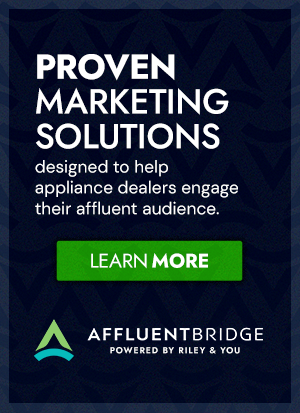When meeting a new client or potential client, we ask one very important question: who is your target audience? The most common answer is “everyone.” Sometimes we encounter clients who think they know their target audience, but once we uncover their sales and business objectives, we discover they’re targeting the wrong audience. These companies are losing money because they spend it on ineffective marketing that targets the wrong audience or because their best customers can’t find their business.
But when small businesses correctly target their niche audience, they can effectively compete with large companies. Targeting a specific market doesn’t mean that you have to exclude people who don’t fit your criteria. Instead, target marketing allows you to focus your marketing dollars and brand message on an audience that’s more likely to buy from you. This is a much more affordable, efficient, and effective way to reach potential clients and generate business.
For example, an appliance dealer could choose to market to homeowners between the ages of 35-65 with incomes of $150,000+ in the Nashville market. The company might also choose to target those interested in kitchen remodeling and traditional styles. This market could primarily break down into two niches: interior designers and retiring baby boomers. When they decide to focus their marketing on these two groups, they haven’t prevented other groups from purchasing appliances from them. Rather they have positioned their brand to be extremely successful in selling appliances to a particular segment of their audience.
With a clearly defined target audience, it’s much easier to determine where and how to market your company. Here are four questions to help you discover your target market:
1. Who are your current customers?
What are their common characteristics? Consider demographic characteristics like age, income level, location, interests, and products they’ve purchased most often. Then break down your customers into groups who are interested in your product. You may discover a certain group spends the most money on certain products or services. Or you may find that another group typically only buys a different type of service or item. Now you can narrow your focus so that when you need to sell a certain item or service or need to generate more revenue fast, you know which group to target.
2. Who is your competition?
You need to know the brands you compete against and understand their target markets. But just because your competitor goes after a certain group doesn’t mean you have to go after the same people. They may target the wrong audience or miss an audience that your business could serve. If they are a larger company with a large marketing budget, you may not be able to compete with them in the same arenas. But you may discover that an audience your competition is leaving out could become a new target market for you. Just make sure it makes sense for your business to target the new group.
3. What are the benefits of your product and the services to your customers?
First, make a detailed list of all the features available for each product or service you offer. Next, write down the benefits of each feature and why it is valuable to your client. Finally, identify the groups of people who need what you can provide. Your target audience is the people who need what you offer and who will benefit the most from your services.
4. What are the demographic features of your target audience?
Consider a variety of factors including gender, age, location, occupation, income level, education level, and marital status. This should be informed by your current clients’ demographics. You also need to think about the psychographics of potential clients, which may include personality, hobbies, values, and lifestyles. What features of your product will appeal to them? What avenues of media do they regularly get their information from? These factors will help you figure out which demographics fit your target market and how your products and services will fit in their life.
After you have defined specific demographics that fit your target market, consider whether it is large enough to support your business and whether they can be easily reached by your brand. After you do research to discover more about your target market, it’ll be much easier to figure out what forms of communication and sales campaigns will be most effective for your business. If you need additional support in reaching your target market effectively and efficiently, Riley & You is here to help. We know that small businesses don’t have large marketing departments or budgets, and our experts know how to help you maximize your resources and reach your target market.
Have questions about your campaign? Curious to learn more about how our High-End Digital Ads Strategies can help grow your high-end business? We’re happy to answer your questions!


